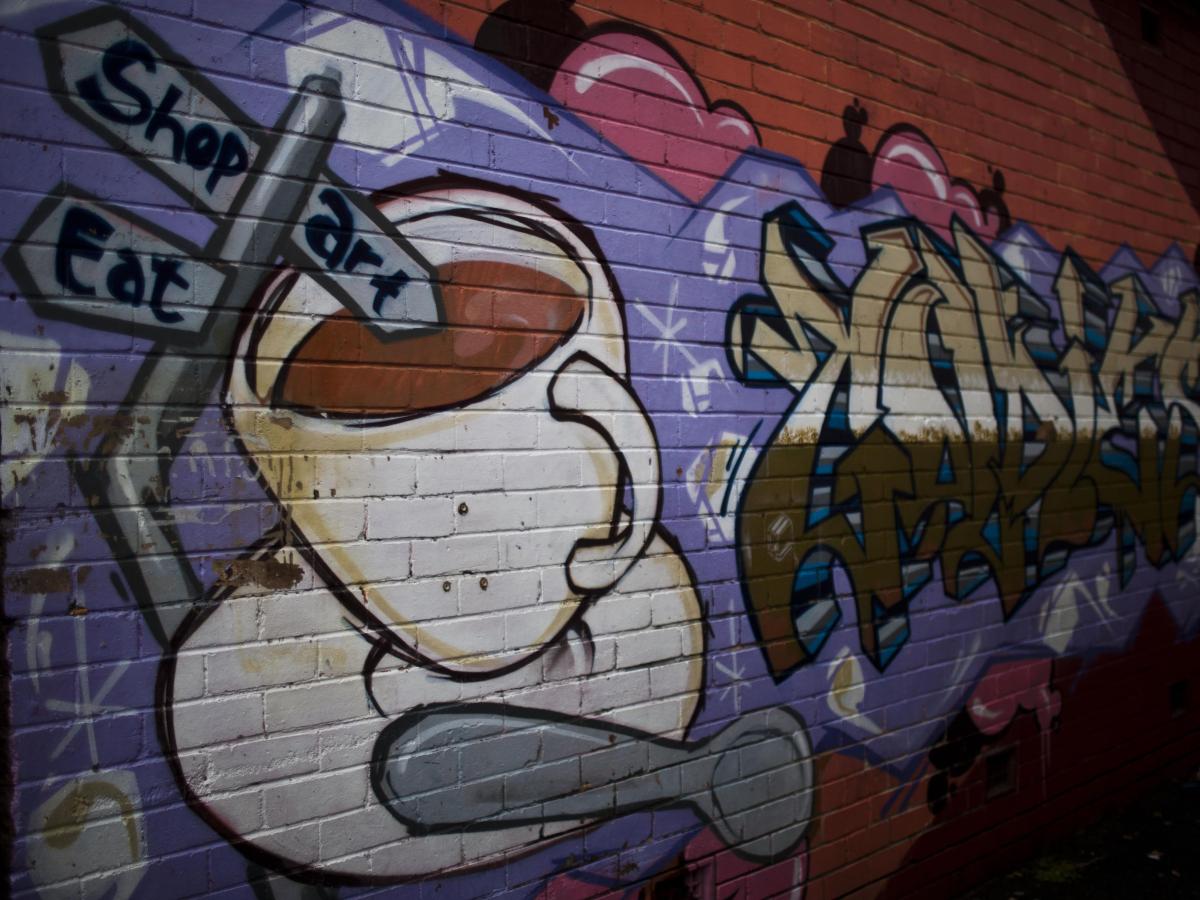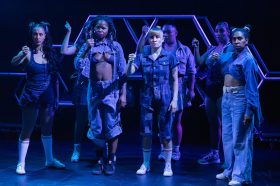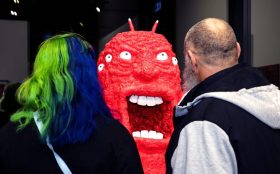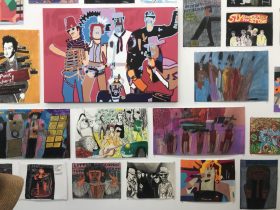Street art in Newcastle; Image: supplied.
With deep valleys and long stretches of sand, the Pacific Coast has attracted holiday makers for many years. But while the natural environment will always be a drawcard for travellers, especially in the summer months, these areas also have plenty of arts and cultural hotspots for visitors to enjoy.
The trick is to know where they are. To help you plan your next visit, we spoke with locals to find the cultural highlights in the southern corner of the touring route from the Central Coast to Port Stephens.
Day 1
If you are heading from Sydney, the first place you’ll want to stop is the Central Coast. But it’s a big area with lots of hidden places only locals know.
The Gosford Regional Gallery and Arts Centre has a diverse program of international, national and local exhibitions supported by regular tours and practical workshop demonstrations there’s always something interesting on. Grab a coffee and some lunch onsite at The Point cafe and enjoy the view of the Japanese inspired gardens.
In the evening head to the tiny but charming Avoca Beach Picture Theatre. The cinema is about a twenty minute drive from Gosford and is located on the coast near Avoca Beach. A far cry from the megaplex, the family owned cinema has won Best Independent Regional Theatre more than once and is known for curating a good selection of foreign and Australian films.
After the movie, you might want to spend the night a bit further up the road at Toowoon Bay Holiday Park.
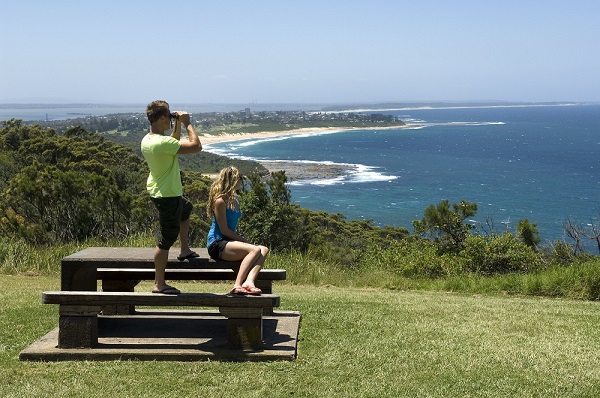
Crackneck lookout; Image supplied.
Day 2
Get up early the next morning and head to the nearby Crackneck lookout for a spot of whale watching.
If you feel like walking to a local cafe for breakfast, follow the Coast to Lake Walk. The entire walk is 7.6 Kilometres and takes you around the point in about two and a half hours. But it only takes one hour to walk from Toowoon Bay to The Entrance Surf Club if you would prefer something a bit shorter. The walk will take you pass The Entrance Baths and Edith Ring Rest lookout, with some public art along the way.
After breakfast jump back in your car and head to Lake Macquarie. Not only does it have the largest coastal saltwater lake in the southern hemisphere at twice the size of Sydney Harbour, but the small town of Wangi Wangi was also the home of the late Sir William Dobell and his house is open for visitors. Dobell House is a volunteer organisation so it is typically open from 1pm to 4pm, Saturdays, Sundays and public holidays.
After being inspired by Dobell’s life and work, you can then continue on to Lake Macquarie City Art Gallery. The Gallery’s collection includes a number of key works by Dobell, as well as many other two-dimensional works by established Australian artists, large-scale contemporary sculptures in the park, and Indigenous work on paper. If you have children in tow, they run regular art classes and activities for them to enjoy while you explore the collection.
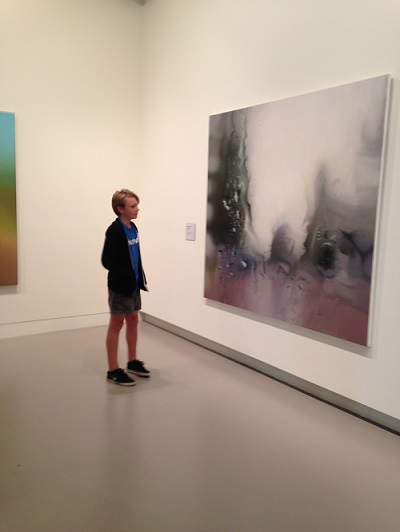
Lake Macquarie City Gallery; Image supplied.
Day 3
By this point, you’ll be so close to the Hunter Valley you can almost taste the wine and cheese.
Many visitors choose to explore the Pokolbin vineyard district, which has lots of accommodation options, wineries, and restaurants to choose from.
Check out Around Hermitage Wine and Food Trail for some local insight provided by owner operators of boutique wineries at the northern end of Pokolbin in the Hunter Valley.
Along the way it is worth stopping at Hermitage Road Antiques to see the huge collection of antiques and collectibles. For fresh produce, drop by Binnorie Dairy and Tintilla Olive Grove also on Hermitage Road.
With so many wineries in the area it can be difficult to narrow things down. But you can’t go wrong with award winning wineries such as Keith Tulloch Wine, Tintilla Estate and Thomas Wines. Or if you are looking for some art to go with your wine, try Pokolbin Gallery and Sculpture Gardens at Mistletoe Vineyard.
For dinner, visit EXP Restaurant in Pokolbin (featured in the image below). With matched wines and carefully planned dishes of local fare it is a unique dining experience.
Fortunately, you can enjoy the Hunter long after you have left by taking some of the produce and wine with you.
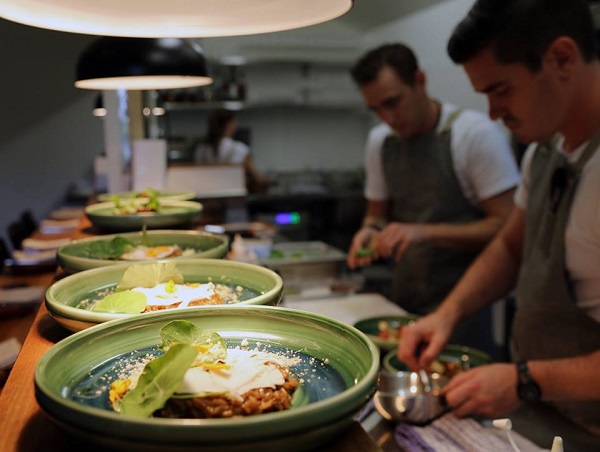
Food served up at EXP Restaurant; Image supplied.
Day 4
Pack your wine in the car, the next stop is Newcastle. Newcastle has quickly become known for its cafe culture and interesting art scene largely thanks to the Renew Newcastle project and events like the This Is Not Art festival.
A good place to start is at Newcastle Art Gallery. It houses the second largest collection in the state, after the Art Gallery of NSW. On the weekends you can join an introductory one-hour tour that starts at 11am.
If you find local history interesting, Newcastle Museum is also worth a visit. It’s a small museum but known for interesting and well formed exhibitions. You will find a hands-on science centre for the kids to enjoy too.
For shopping, you can’t miss Darby Street – filled to the brim with independent boutique stores with a vintage bent and private art galleries where you can meet local artists.
There are lots of places to have lunch in Newcastle, but a good tip is to try the East Precinct. If you are having trouble deciding on which restaurant or cafe, you can join one of the Underground Epicureans food tours instead and have a taste of everything. Or maybe you would prefer to book one of their pop-up restaurant dinners that night.
After dinner take a stroll down Watt Street to catch a series of interactive digital projections. Each projection tells a story about Newcastle’s history. Architecture aficionados should also wander by the art deco Civic Theatre Newcastle. It’s even more beautiful on the inside and you can catch a show while you’re there.
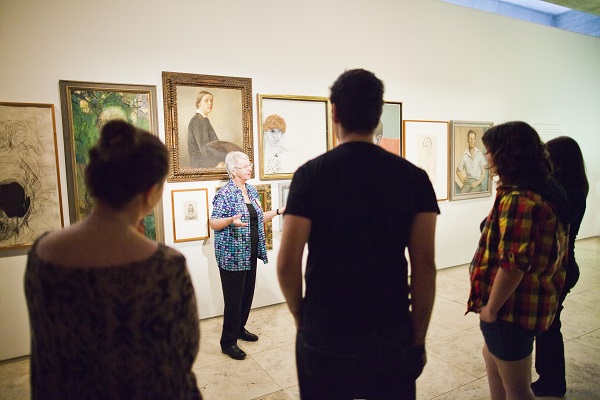
Newcastle Art Gallery; Image supplied.
Day 5
Visit Port Stephens next for a different experience.
Port Stephens is home to important conservation sites, Worimi Conservation Lands, Port Stephens Great Lakes Marine Park, and Tomaree National Park.
The Worimi Conservation Lands are part of an important cultural landscape with many sites of special significance to the Worimi people, the traditional owners of the Port Stephens area. The area is a combination of forest and sand dunes. Some dunes reach heights of over 30 metres with slopes of up to 60 degrees and can be explored by organised 4WD and quad bike tours or on your own with a 4WD permit. With 32 kilometres of sand dunes, they are the longest moving dunes in the southern hemisphere.
For food, locals recommend Little Beach Boathouse located at the old Little Beach Marina in Nelson Bay. Pick a local brew with Murrays Brewery Beers and enjoy the view of the bay.
If you get to the marina early enough you can chat to some of the local people who caught the seafood fresh that morning.
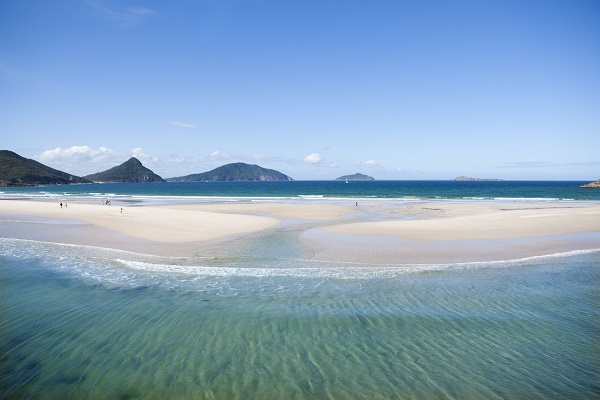
Port Stephens; Image supplied.
For more information about the region visit http://pacificcoast.com.au/
